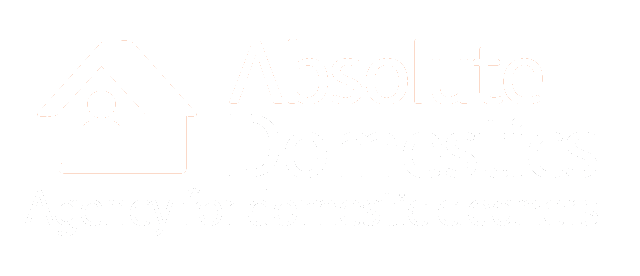enquiries MON-FRI 9am - 5:30pm NZST
In current times, cleanliness is more important than ever. On top of your standard cleaning routines, frequently cleaning and disinfecting your home is highly essential to keep your household safe and healthy. Though we’re all well aware that person-to-person contact brings a much greater risk than transmission on services, the Department of Health recommends you still clean and disinfect surfaces at least once a day. This might sound a little excessive, but the COVID-19 virus can live up to three hours in the air and up to three days on plastic and stainless steel surfaces.
The difference between cleaning and disinfection
In a nutshell, cleaning refers to the act of removing germs and dirt from surfaces. It doesn’t kill the germ but removes them from the surfaces. Disinfecting means killing germs that live on surfaces. Disinfecting works best when done after cleaning.
Germ hotspots in your home
Germs are able to survive on any surface in your home as well as on your body. Places that people in your home frequently touch is considered a hotspot: Doorknobs Countertops Handrails Clothing Tables and chairs Light switches Remotes and electronics Kitchen and bathroom surfaces Different variations of germs can last for varying lengths of time on different surfaces. Some germs can live for several days, depending on their environment.
How to clean and disinfect your home
Here are some tips on how to disinfect different areas of your home:
Hard surfaces
Clean the dirty surface with detergent or soapy water before disinfecting. Consider using store bought multi-purpose cleaners followed by an antibacterial disinfectant cleaning wipe.
When cleaning and disinfecting your home remember to use disposable gloves and discard them after use. Always wash your hands before and after disinfecting too.
Soft surfaces
For items such as carpets, rugs, curtains or fabric surfaces, remove any visible dirt and clean with the appropriate cleaner. Put dirty clothing through the washing machine, think about using a laundry sanitiser.
While clothes are being washed, clean and disinfect any baskets.
Electronics
Proceed with caution when cleaning your electronics. We recommend using disinfectant wipes to remove any visible grime and oils. There’s a lesser chance of accidental pooling of any liquids, but nonetheless, ensure you’re drying your electronics throughout with a dry and clean cloth.
Good personal hygiene is an effective way to prevent germ spread
This includes but is not limited to:
- Washing your hands- after using the toilet, before and after food preparation, and after touching animals
- Not coughing or sneezing on other people
- If unwell, cleaning the things you touch and throwing tissues in the bin
- Cleaning your house regularly
Book a cleaner today
Get your weekend back with our regular or once off cleans.
Book a cleaner today
Get your weekend back with our regular or once off cleans.
Or book online in 60 seconds
North Island
New South Wales
Queensland
Victoria
Western Australia
Tasmania
South Australia
Northern Territory
ACT
All Rights Reserved | Absolute Domestics | Powered By RankingCo



